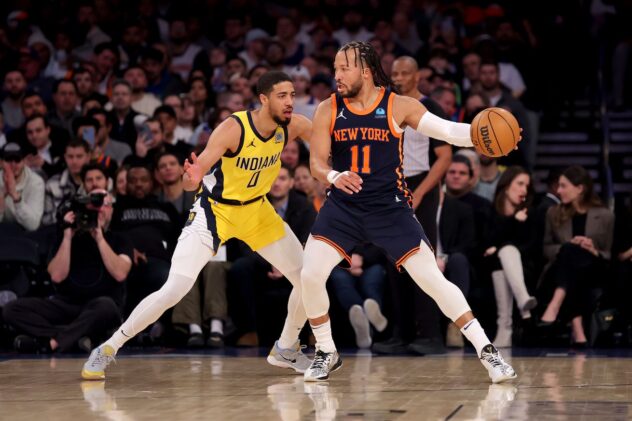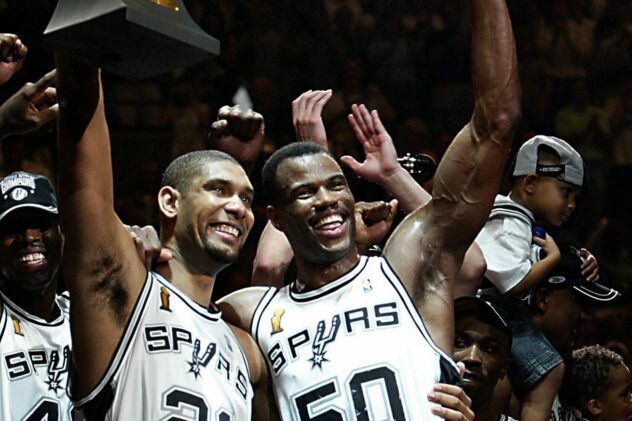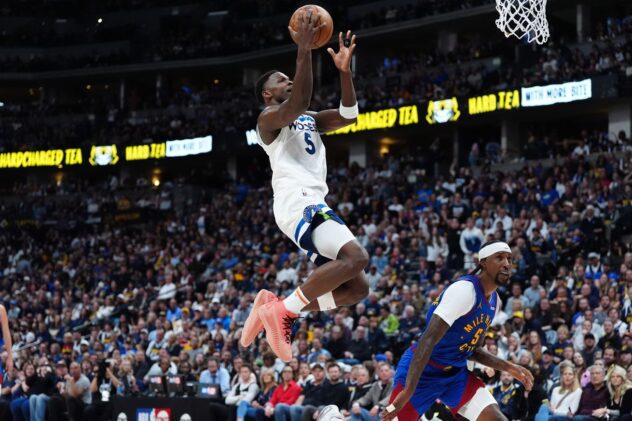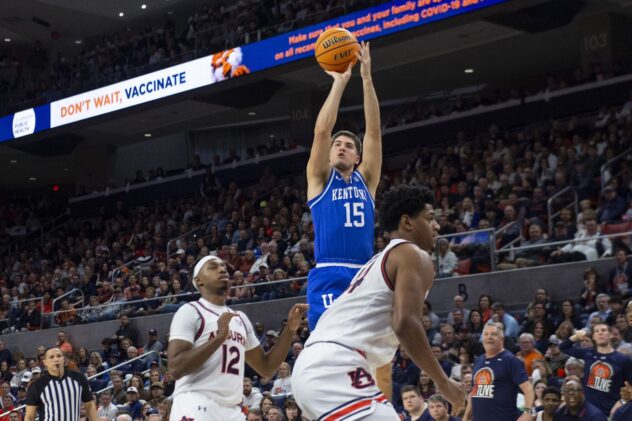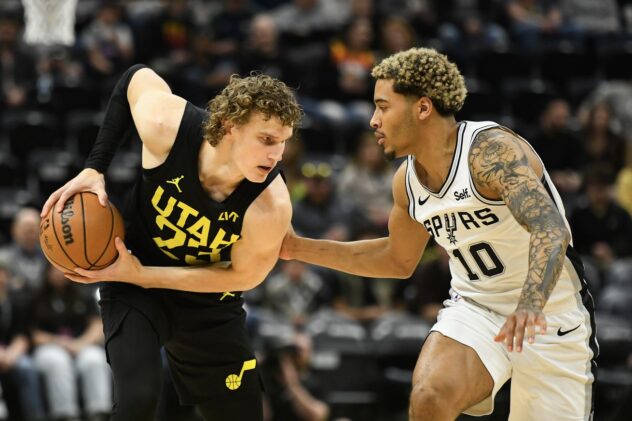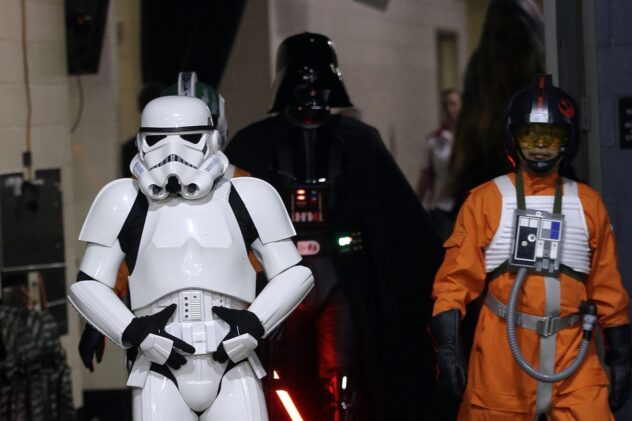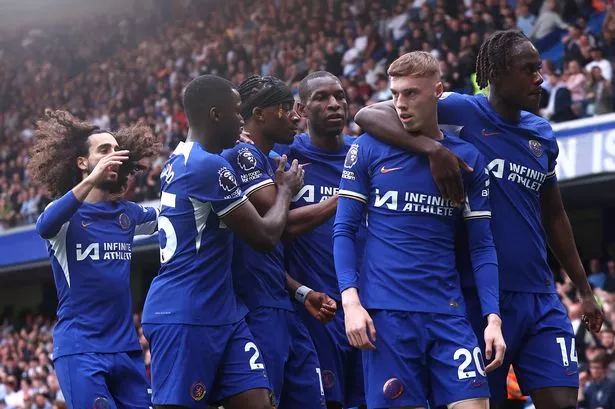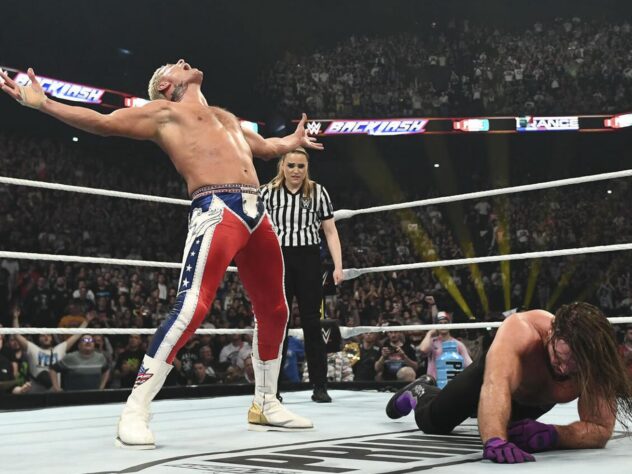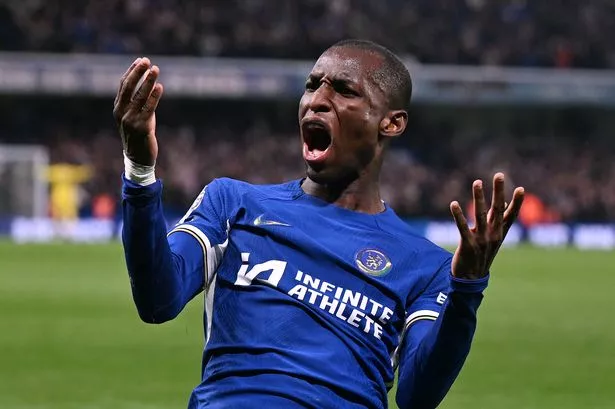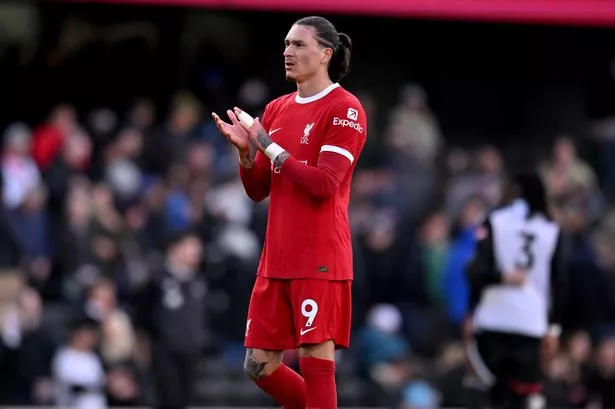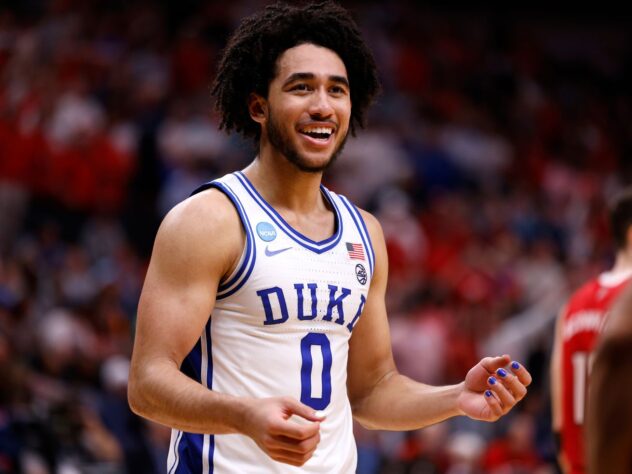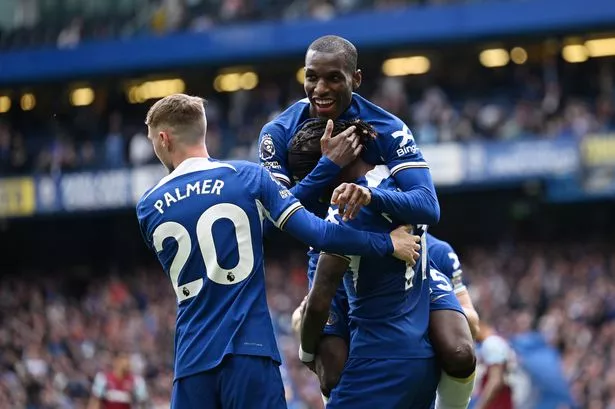The Origin Story of Basketball, Part 2: From wire cages to the NBA
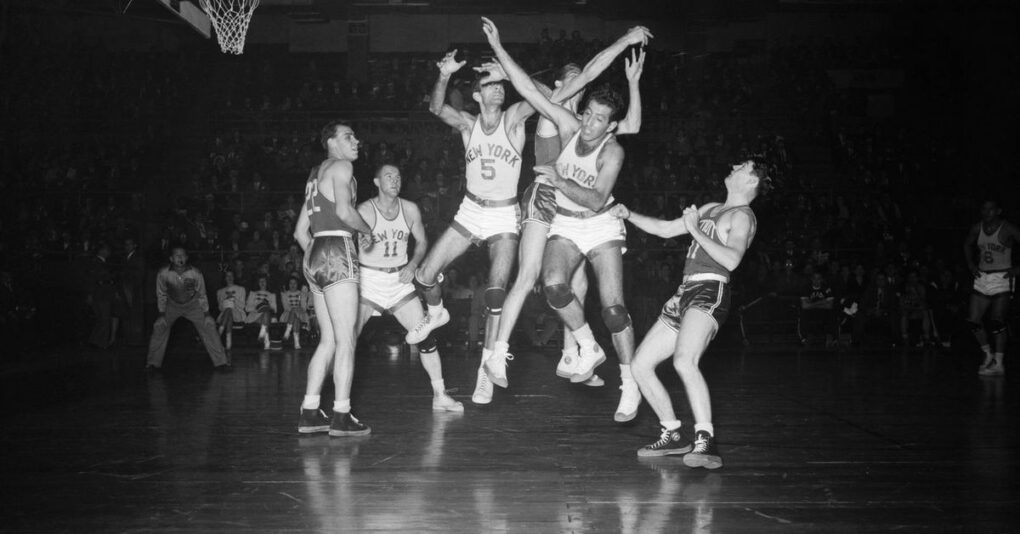
Yesterday, we talked about the origin story of basketball, focusing on founding father James Naismith and how he was tasked with creating an indoor game for a group of bad boys known as “The Incorrigibles.” Basketball was born, and today, we are taking a look at how the game evolved into a professional sport.
Perhaps you have heard basketball players referred to as “Cagers.” If not, it comes from the next era as the game revolutionized from a pastime to including a professional level, some of which had leagues that played on a court enclosed by a wire cage! This kept the ball inbounds, sped the game up, and probably made for some sweet chances to hurt your opponent.
We’ve already discussed Naismith’s founding rules from 1891, now let’s look at what they morphed into in some cases. If you travel back in time and went into your local Y or Masonic temple in say, the Western Massachusetts Basketball League in 1903, you might find each team with seven players on the floor, taking layups and two handed set shots only, and a jump ball after every goal scored. And you may have noticed in Naismith’s rules there is no mention of dribbling. That’s because it came as an innovation later on: when players were trapped they would “fumble” the ball to recover it. This was outlawed by the YMCA, but the pro game adopted it, and “the dribble” was born.
The game spread among American cities connected by railroad lines with micro and regional and barnstorming leagues, including the original Celtics and, of course, the Harlem Globetrotters. In New York state, games were held at local armories, so you had to join the National guard to get on the court, and in Nanticoke, Pennsylvania “the court was lined with burning hot steam pipes that players gleefully threw their opponents against.”
The game was violent, with headbutting and players’ post-game skin often marked by the cages in a waffle pattern. Scores were in the thirties and forties. The leagues were chaotic and regional, with barnstorming the option for groups trying to make money, essentially managing themselves, and judging by the teams names, either celebrating or avoiding racism. Seriously, these are some real names:
- Buffalo Germans
- The Rens (The New York Renaissance, forbidden to play in all-white leagues)
- The Original Celtics (somehow one season had a record of 193-11-1)
- The Harlem Globetrotters (Founded in 1920s with six men touring the midwest in a Model T, the team over decades would defeat the Rens in 1940 for the championship. And just to remove the modern Vegas show they became from your mind, they could really play, beating the reigning champions Minneapolis Lakers in 1948 and 1949).
- The SPAHS (South Philadelphia Hebrew Association) whose owner promised “a fight in every game, guaranteed.”
- Hong Wah Kues (Chinese American Team from San Francisco, 1939)
- Carlisle Indian Industrial School
- Olsons Terrible Swedes
- The All American Red Heads (a female team that played men’s teams)
- The House of David
It should also be noted that early basketball was one of the only modern sports known to have not evolved from another sport. Football came from rugby, baseball from cricket, and hockey from lacrosse and Native-American games. (The only mention I have seen of basketball outside the US and modern era was the Mayan version, reportedly involving a ball and a hoop, but which was truly “no blood, no foul” until the end, when the loser was beheaded.)
As the sport became more and more popular throughout the first half of the 20th century, the Basketball Association of America (BAA) was founded in 1946 by owners of the major ice hockey arenas in the United States and Canada. The first game was played in Toronto between the Toronto Huskies and New York Knickerbockers, and today this is considered to be the first game in NBA history. In 1949, the BAA merged with the National Basketball League (or NBL), and the National Basketball Association as we know it today was born. (Weird fact: the NBA claims the BAA’s history as its own but sees the NBL more as an expansion than merger and, similar to the ABA, does not recognize its stats and records in NBA history books.)
I hope we have all learned something here! I know what I have learned from the above history is this: basketball was literally created to make youths’ lives better. Basketball and sports are for the young, but also for the young at heart, and as the Spurs have turned 50, so have I (next week!). Sports have helped keep me young at heart, and I hope they keep you young too.
Note: Some of my facts for this come from the brilliant book, The Undisputed Guide to Pro Basketball by Bethelhem Shoals and Jacob Weinstein and across the Internet. Of course, it is impossible to cover everything, but hopefully this gives some perspective to just how unique the game of basketball really is. Thanks for reading!

